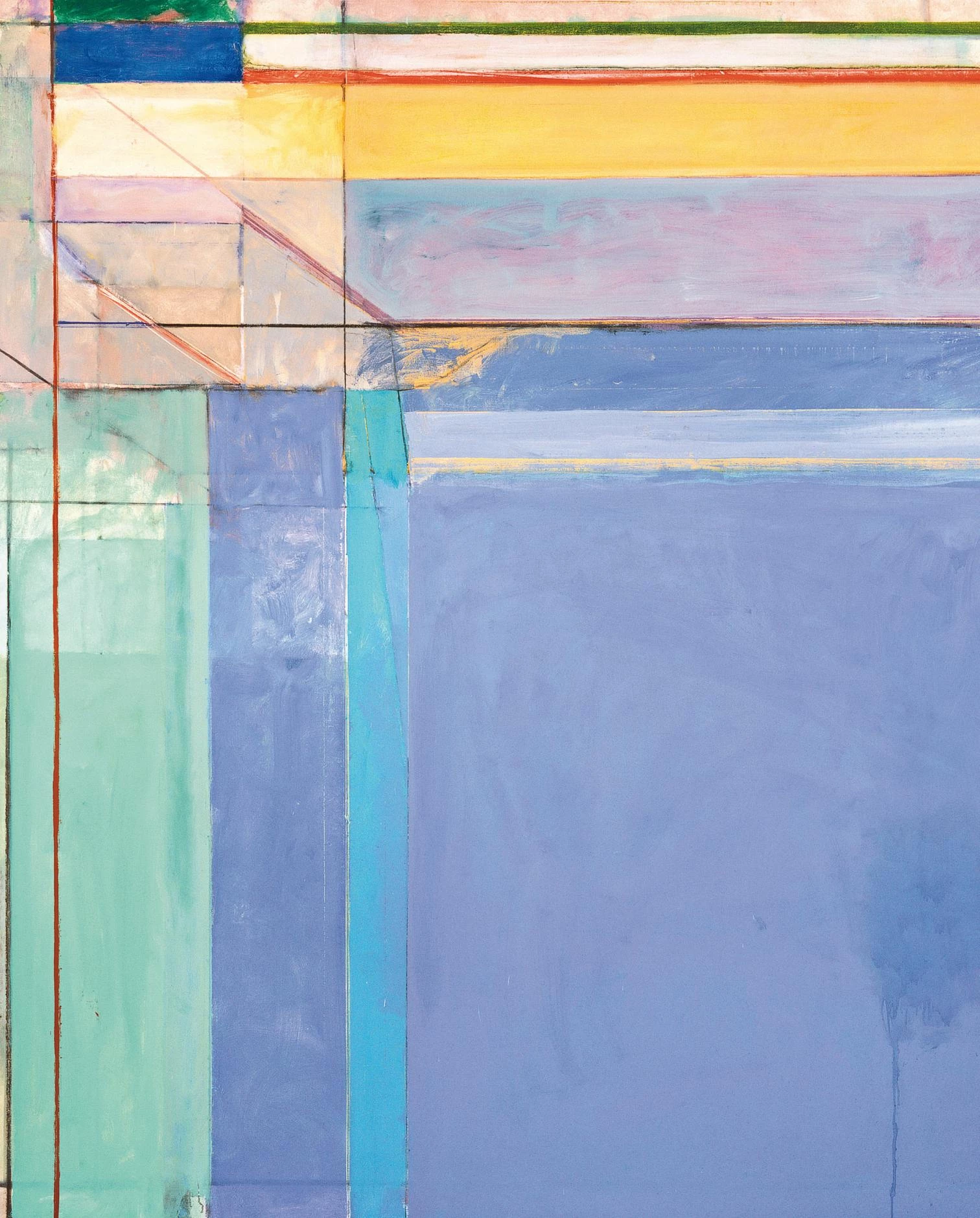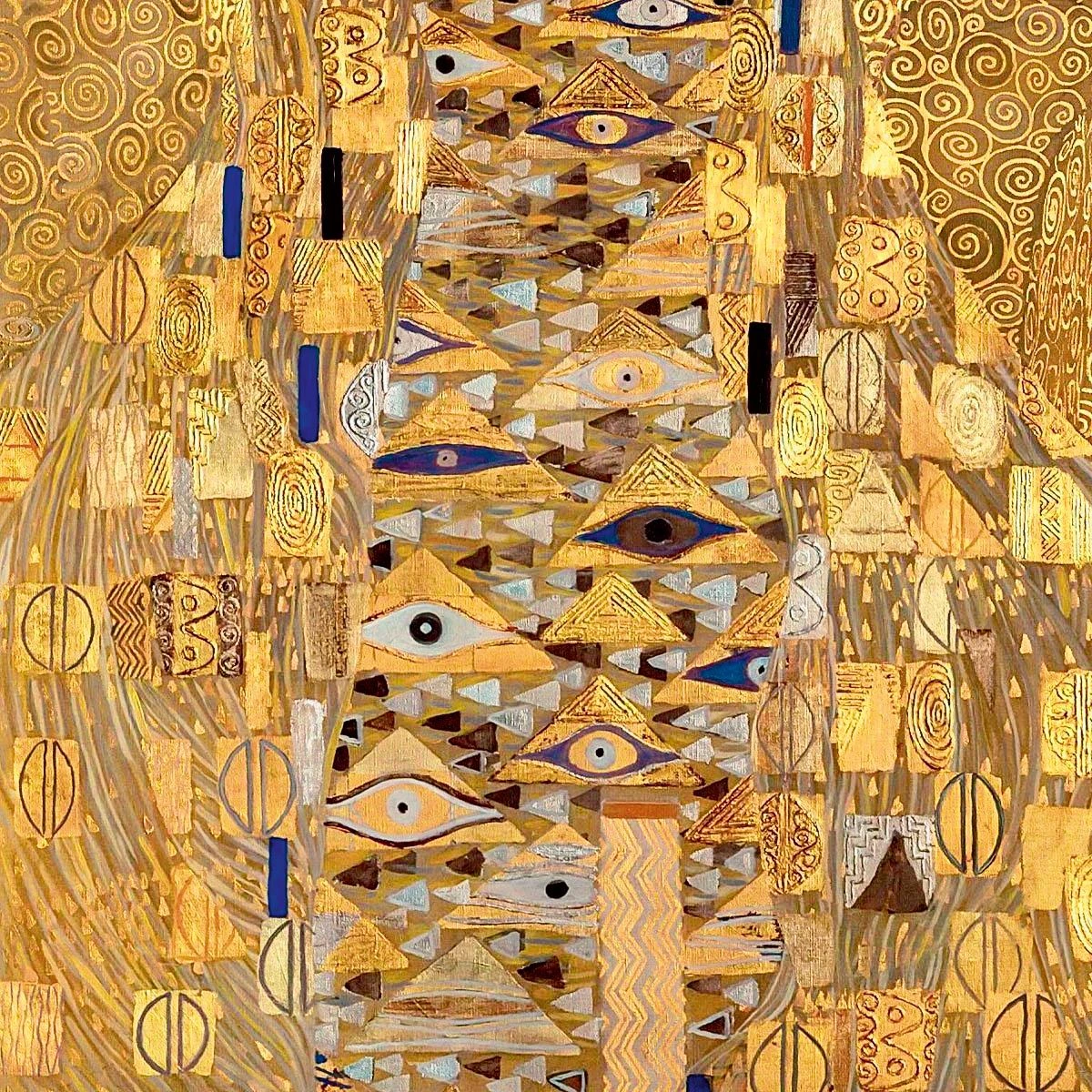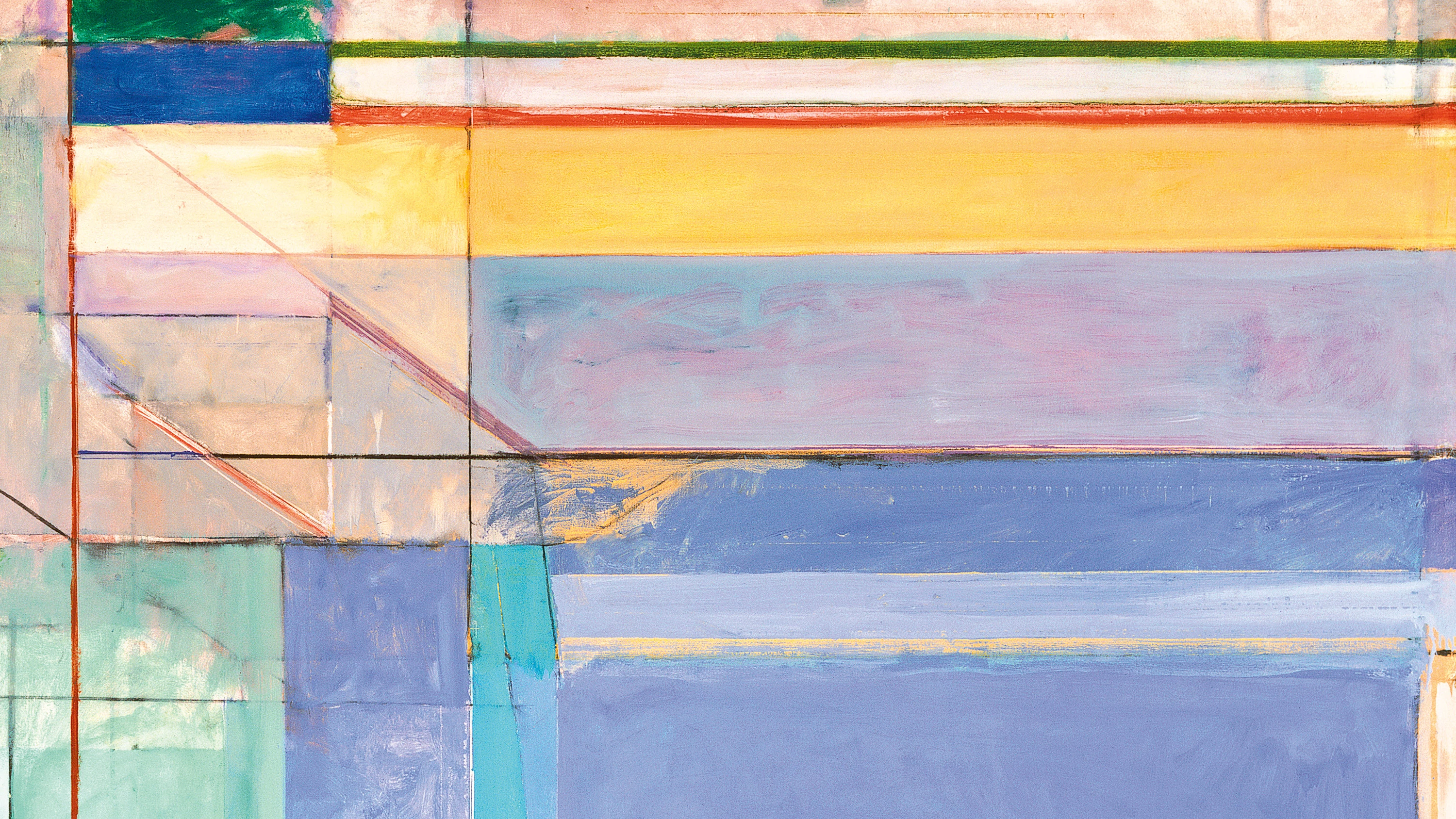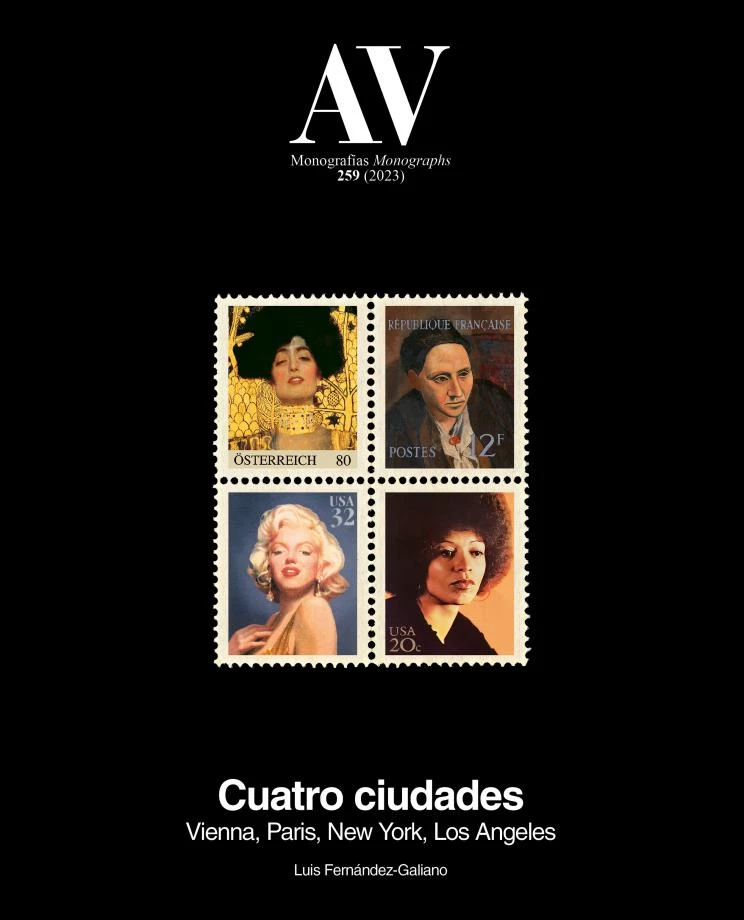A Cultural Itinerary

Richard Diebenkorn, Ocean Park 79, 1975
This monograph collects the four lectures given at Madrid’s Fundación Juan March between 5 and 14 March of 2019. The series, ‘Four Cities: Episodes in the Cultural History of the 20th Century in the West,’ gathered a large audience, which multiplied via streaming and the later launch of the lecture videos on the foundation’s YouTube channel, where they can still be watched. It is inevitable to ask oneself if it is worthwhile to transcribe interventions that, not being previously written, have the appeal of colloquial spontaneity, but those raised in the Gutenbergian galaxy feel an undue weakness for paper. Here the four talks are reproduced respecting the impressionist tone of their delivery, and showing most of the images screened, but the effort to reflect on paper a narrative flow that is somewhat theatrical leaves the indelible impression of having acted like the collector of butterflies who, after the catch, pins them on to a cork board.
The cities chosen to sum up 20th-century culture in episodes were Vienna 1900-1918, Paris 1918-1945, New York 1945-1968, and Los Angeles 1968-1989, with a displacement in time that happens also in space, from Mitteleuropa to France, and from there to the two American coasts. This itinerary also marks a path from high to popular culture, a transition from elites to masses that in turn takes place in gilded Vienna, where those who write opera librettos or portray the aristocracy still feel part of the Ancien Régime culture; interwar Paris, where the sophistication of the Ballets Russes is enriched with the bohemian outlook of the Montmartre painters; the New York of the Cold War, where jazz and pop art stretch the limits of expression; and finally Los Angeles, dream factory and mass culture melting pot with Hollywood and Disney, which at the century’s end joins the prefiguration of the future with countercultural critique.
Different in artistic spirit and intellectual mood, these four cities had in common their ability to attract the talent of their time. Vienna managed to gather the best artists from Austria and Hungary, but also from Germany, Bohemia, Ukraine, or the Balkans, and eventually from most territories of the Empire; Paris attracted innovative painters from all over Europe, and also countless writers, including a large representation of British, Irish, and American authors; New York benefitted from being the obvious destination of talented and ambitious young Americans, but also of the great European exodus, pulled there by Nazism first and by World War II afterwards; and Los Angeles, which indeed gathered a lot of American talent, also welcomed European writers and filmmakers drawn there since the 1930s by the movie industry. If there is a lesson to be learned from the cultural flourishing of these four cities, this is undoubtedly the most important.

Gustav Klimt, Retrato de Adele Bloch-Bauer I, 1907 (detail)






